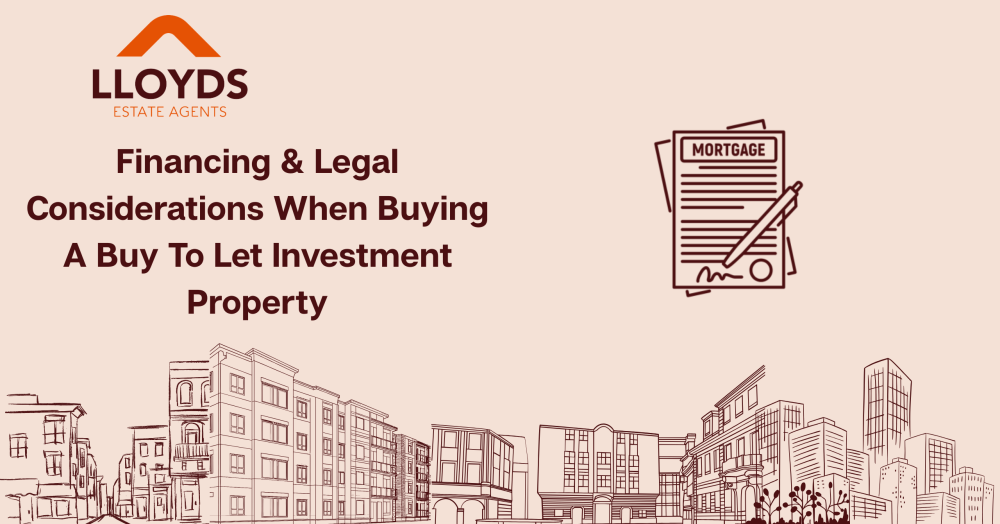How to Finance Your Investment:
Investing in rental properties can be a great way to generate passive income and build wealth over time. However, unless you have the cash to buy a property outright, you'll need a buy-to-let mortgage. We break down how these mortgages work, including deposit requirements, interest rates, and lender options.
What is a Buy-to-Let Mortgage?
A buy-to-let (BTL) mortgage is a type of loan designed for property investors who intend to rent out their property rather than live in it. Unlike standard residential mortgages, BTL mortgages typically come with different affordability criteria and higher deposit requirements.
Deposit Requirements
Lenders require a higher deposit for buy-to-let mortgages compared to residential loans. Typically, you'll need at least 25% of the property’s value as a deposit, though some lenders may accept as little as 20% or require as much as 40% for higher-risk borrowers or expensive properties.
The deposit size impacts both the interest rate and the mortgage options available. A larger deposit generally results in better interest rates and lower monthly payments.
Interest Rates on Buy-to-Let Mortgages
Interest rates for BTL mortgages tend to be higher than those for standard home loans. There are two main types:
Fixed-Rate Mortgages: The interest rate remains the same for a set period, usually between 2 to 5 years. This provides stability in monthly repayments.
Variable-Rate Mortgages: The rate fluctuates depending on the lender’s standard variable rate (SVR) or the Bank of England base rate. While this can sometimes offer lower payments, it also carries the risk of rising costs.
Additionally, many BTL mortgages are interest-only, meaning you only pay the interest each month and repay the capital at the end of the term. This keeps monthly costs lower but requires a strategy to repay the full loan amount later.
Lender Options and Criteria
Not all mortgage lenders offer buy-to-let products, and the eligibility criteria can vary widely. Some key factors lenders consider include:
Rental Income Potential: Most lenders require that the rental income covers at least 125%-145% of the mortgage payment, depending on your tax status.
Minimum Income Requirements: Some lenders require applicants to earn at least £25,000 annually from other sources.
Credit Score & Financial Stability: A strong credit history improves approval chances and access to better rates.
Property Type & Location: Some lenders are selective about property types (e.g., flats above shops or HMOs) and location risks.
Specialist lenders and high street banks offer BTL mortgages, each with different terms. Working with a mortgage broker can help identify the best lender for your circumstances.
Final Thoughts
Financing a buy-to-let investment requires careful planning and understanding of mortgage requirements. With the right deposit, a competitive interest rate, and a suitable lender, you can secure a profitable investment. If you're considering purchasing a buy-to-let property in East London or West Essex, Lloyds Estate Agents can guide you through the process.

